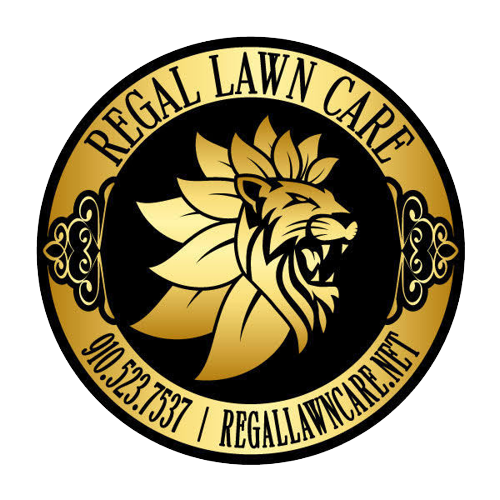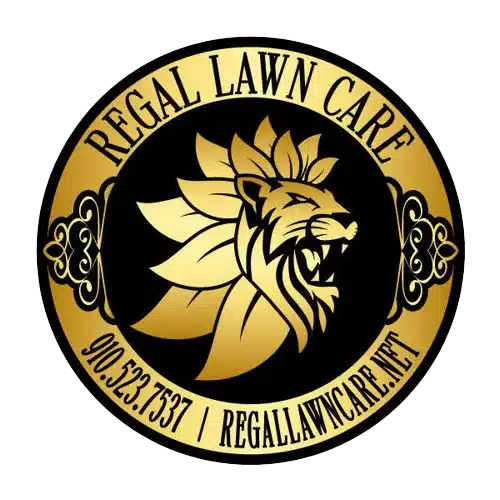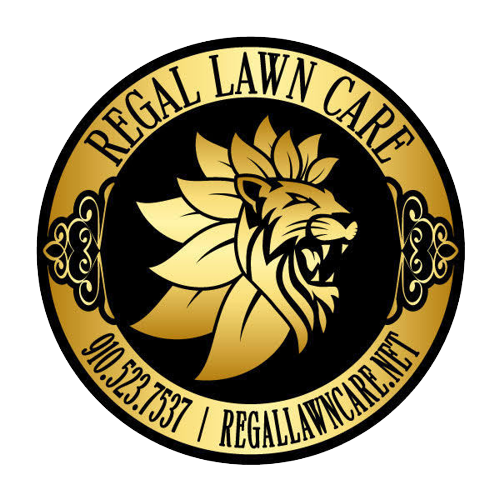Trees play a significant part in enhancing the beauty of any landscape; they add beauty, shade us from the sun’s rays, and provide environmental benefits in various ways. Nonetheless, sometimes tree removal may become mandatory because it is threatened by other factors such as safety concerns or disease progression. In this guide, we shall take you through all the steps involved in tree removal, from preliminary examination to post-removal cleanup. Whether you have a dangerous tree or need space for new landscape design features, you must understand how trees come down to make your project successful.
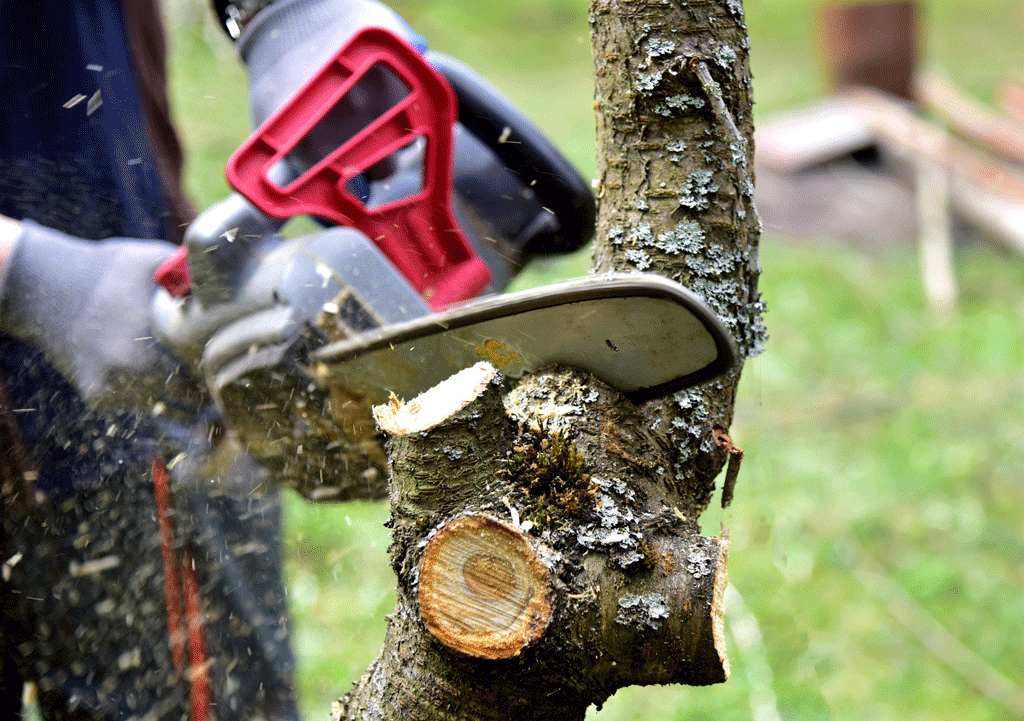
Assessment and Planning: Evaluating the Need for Tree Removal
Identifying Hazardous Trees: Determine if a tree needs removing by checking its health status or condition. Some indicators could be dead or dying branches, trunk leakage, rotting wood appearance, or root exposure.
Consulting with Arborists: Get recommendations from certified arborists concerning a tree’s healthiness and potential risk. Based on their expertise, they can suggest removal or other alternative actions.
Permits and Regulations: Navigating Legal Requirements
Checking Local Regulations: It is essential to know the local ordinances and regulations pertaining to tree removal within your vicinity. Some areas might require a permit, while others may prohibit you from cutting particular species of trees or those with specific height characteristics.
Obtaining Necessary Permits: Before removing trees, apply for any necessary permits or permissions required by the authorities in your jurisdiction. Violating these rules can lead to paying fines or being involved in lawsuits against you.
Safety Considerations: Ensuring a Safe Removal Process
Assessing Surrounding Hazards: Trees pose dangers to power lines, structures around them, and even plants. Relevant measures should be taken to secure workers’ and bystanders’ lives during the process of falling down this tree.
Using Proper Safety Equipment: Workers must wear helmets, eye protection, glasses, gloves, and chainsaw protection when cutting the tree. Ensuring that all chainsaw operating standards are followed will also help minimize risks related to accidents during felling.
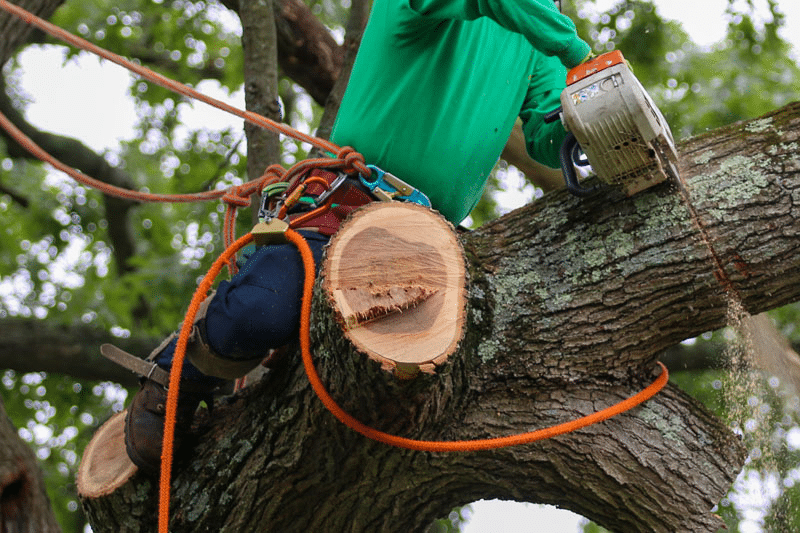
Equipment Used: Tools of the Trade for Tree Removal
Chainsaws: Chainsaws are used to cut through tree branches and trunks. The size, type, and power output of the chainsaw depend on the species and size of the tree being removed.
Cranes and Bucket Trucks: In the case of significant or dangerous trees, cranes or bucket trucks are employed to access them safely while trimming off branches or trunk sections.
Wood Chippers and Grinders: Wood chippers and grinders are used to chip or mulch branches and debris, minimizing wastage and making cleanup easier.
Tree Removal Process: A Step-by-Step Guide
Tree Felling: The process begins by safely felling the tree, starting with removing lower branches towards the top of the tree.
Directional Felling: Depending on where it is located and its surroundings, a tree may be felled in a particular direction to avoid obstructions and minimize damage.
Sectional Removal: If the trees are more significant or confined, sections might have to be removed to prevent them from damaging nearby structures or landscapes.
Stump Removal: It’s a process in which when you chop down a tree, the remaining stump and roots might be cleared away using special equipment, such as excavators or stump grinders.
Post-Removal Cleanup: Cleaning up the Mess
Removing Debris: Brooms, leaf blowers, and cleanup crews should clear rakes, leaves, branches, etc., from the place. Debris should be disposed of properly for recycling into mulch or firewood.
Stump grinding: Where the stump has never been included in the initial tree removal works, arrange and carry out stump grinding to eliminate tripping hazards and prepare the site for landscaping or further construction.
Restoring the landscape: Restoring the site to its original condition or improving its appearance by replacing the soil, planting grass seed, or replacing landscaping features.
Conclusion: A Well-Executed Tree Removal Process
Complete tree removal is a potentially dangerous and complex operation that requires proper planning, knowledge, and following safe operations. Understanding steps that should be considered while removing the tree should equip property owners with what is to be expected during the process so that smoothness and successful results are maintained at a minimum while ensuring risk to people and property.
Call us today! for the best lawn care services
Could your place benefit from professional tree removal services that will make it safer and more aesthetically pleasing? Call Regal Lawn Care today for professional tree removal services, landscape design, and property maintenance. Our team is poised on excellent service and goes the extra mile to exceed your expectations. Contact Regal Lawn Care for the first step toward your safer, more beautiful landscape.
